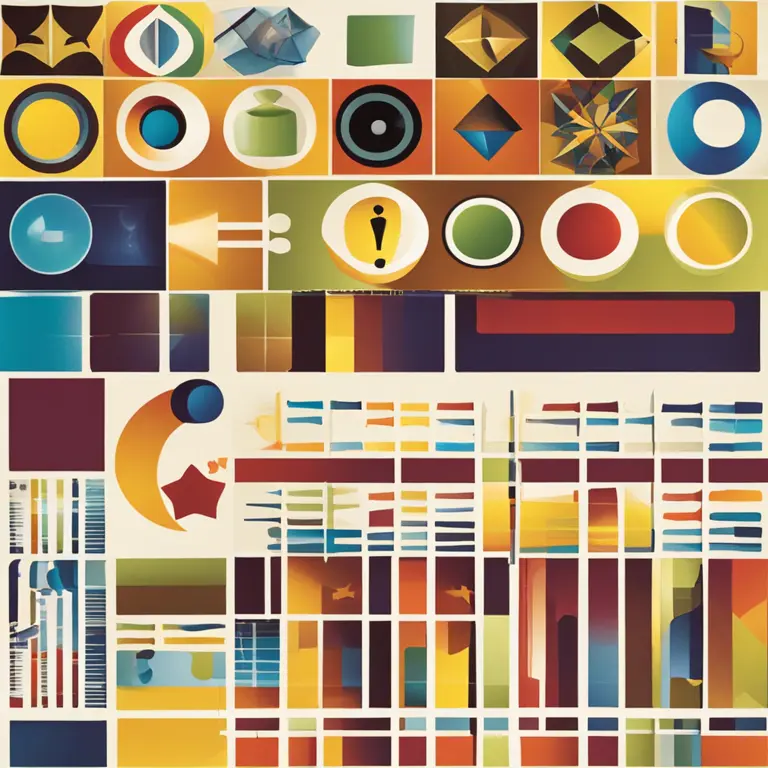
The Reality of Biorhythms: Myth or Science?
Delve into the scientific stance on biorhythms and discover whether there's evidence backing up this intriguing concept.
article by Adrian Wallace
Introducing Biorhythms
Biorhythms are cited as invisible life patterns that govern our physical, emotional, and intellectual states, ostensibly following a predictable cycle. The concept, originally formulated in the late 19th century and popularized in the 1970s, posits that from birth, we each experience rhythmic biological cycles that affect our daily functioning. Proponents of biorhythms claim that by charting these cycles, individuals can anticipate periods of high performance or vulnerability. Despite the intrigue, the legitimization of biorhythms has been a contentious topic, with various studies and analyses attempting to validate or dismiss their influence.

Scientific Scrutiny of Biorhythms
Scientific interest in biorhythms peaked in the 20th century, when researchers sought to correlate these cycles with aspects of human behavior and well-being. However, a majority of scientific investigations have been critical or inconclusive. The initial claim of a 23-day physical, 28-day emotional, and 33-day intellectual cycle lacks robust empirical support. Contemporary science often regards biorhythms as pseudoscience, arguing that their predictions are not much better than chance. This skepticism is underscored by the paucity of replicable, controlled studies confirming the impact of biorhythm cycles on human affairs.

The Placebo Effect and Biorhythms
An interesting twist in the biorhythm debate is the potential placebo effect. Individuals invested in the concept may experience a form of confirmation bias or placebo effect, where belief in the predictive power of biorhythms can influence their perceptions and actions. While this does not substantiate the scientific reality of biorhythms, it highlights the psychological impact of belief on human behavior. The power of suggestion, tied to the rhythms, might inadvertently align a person's experiences with their biorhythm charts, thus reinforcing their trust in the cycle's validity.

Personalized Biorhythms and Technological Advances
As technology advances, so does the personal tracking of health data, offering a potential renaissance for biorhythm theory. Wearable tech and smart devices now provide continuous streams of physiological data, enabling more sophisticated analysis of personal cycles. However, contemporary biosensors focus on measurable phenomena like heart rate variability, sleep patterns, and activity levels rather than adhering to the fixed biorhythm theory. This suggests that while the traditional biorhythm concept remains scientifically unsupported, the broader notion of rhythmically fluctuating biological processes warrants further exploration with modern tools.

Biorhythms and Holistic Health Practices
The holistic health and wellness community often embraces theories like biorhythms, integrating them into broader paradigms of well-being. In contexts where manifold methodologies coalesce, biorhythms can form part of a complementary health approach, alongside other non-conventional practices. While these communities may not demand rigorous scientific substantiation, it's essential to approach such integrations with a critical eye and to continue advocating for evidence-based health practices.
Future Outlook on Biorhythms
Given the current scientific consensus, it seems unlikely that traditional biorhythms, as once popularly conceived, will gain empirical confirmation. Nevertheless, the fields of chronobiology and circadian biology, which examine the cycles inherent in living organisms, may offer insights conceptually related to biorhythms. Rigorous science in these fields continues to unveil the complex ways organisms synchronize with environmental cycles, a testament to the enduring fascination with the rhythms of life.
Published: 1/30/2024
Modified: 1/30/2024
More predictions
Come back here soon to learn more about yourself and your future


Biorhythms Chart: Your Personal Physiological Patterns
Your guide to biorhythms chart – understand your natural cycles for better life decisions and well-being.


Harmonizing Partners: The Biorhythms Compatibility Guide
Discover the intriguing connection between biorhythms and relationship compatibility. Enhance your partnership by understanding your natural cycles.


The Rhythms of Life: Biorythms Simplified
Delve into the fascinating world of biorhythms and discover how these biological patterns can affect your daily life and personal growth.